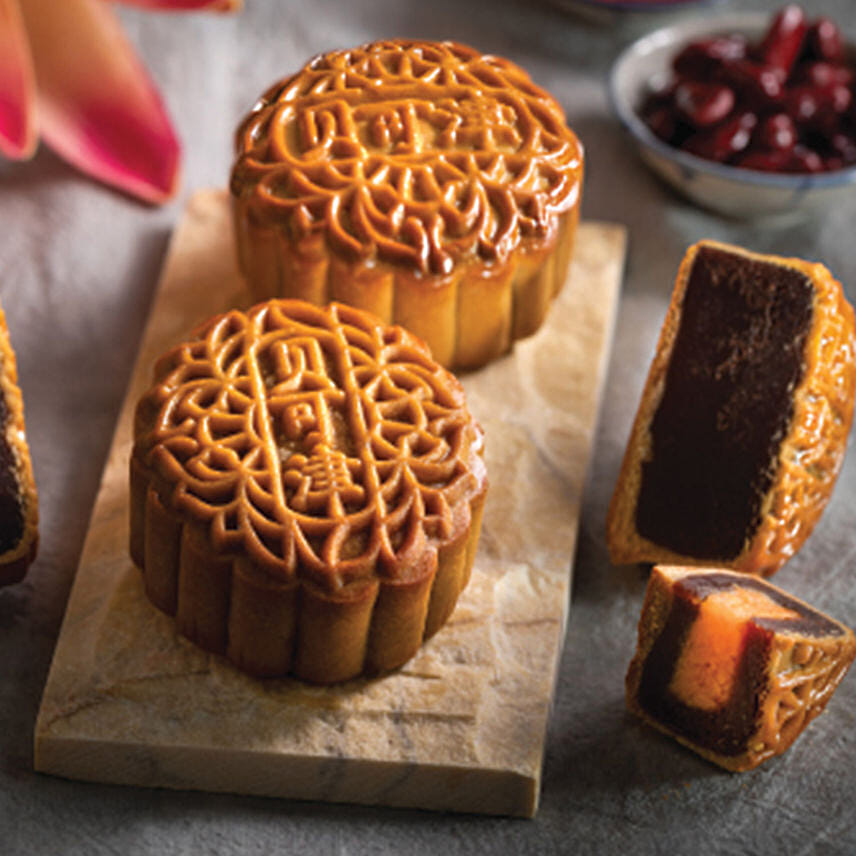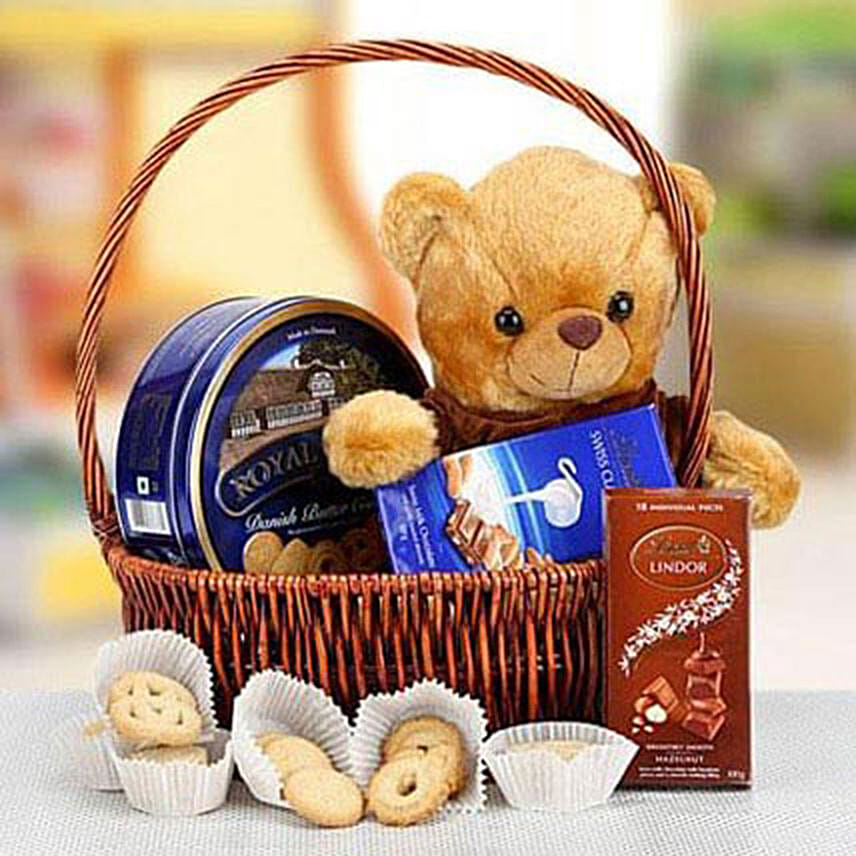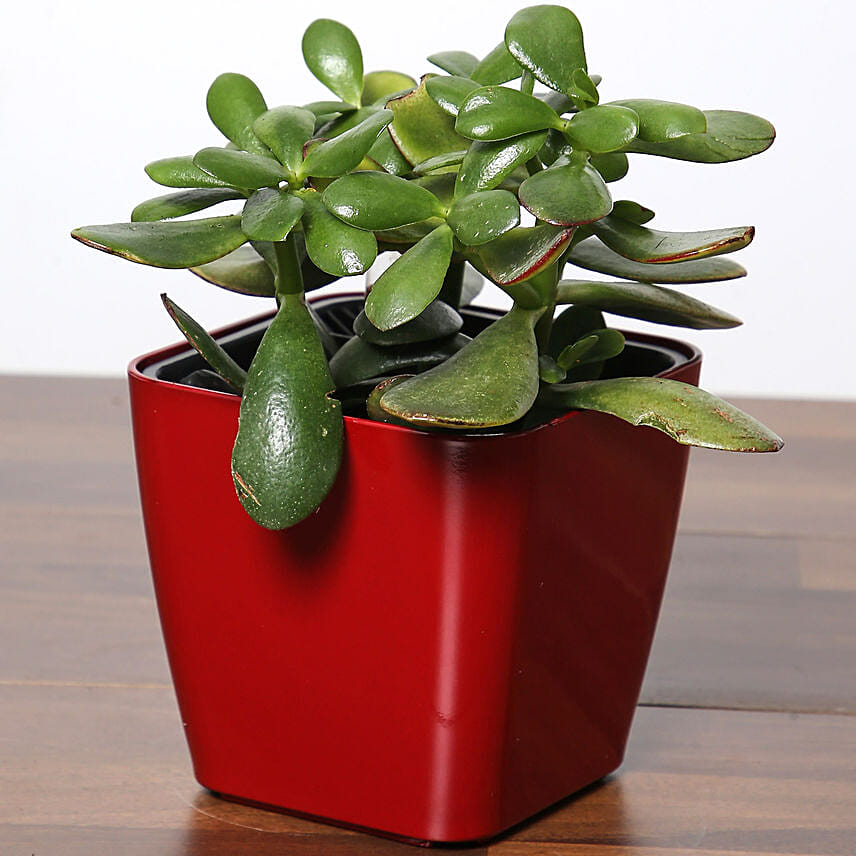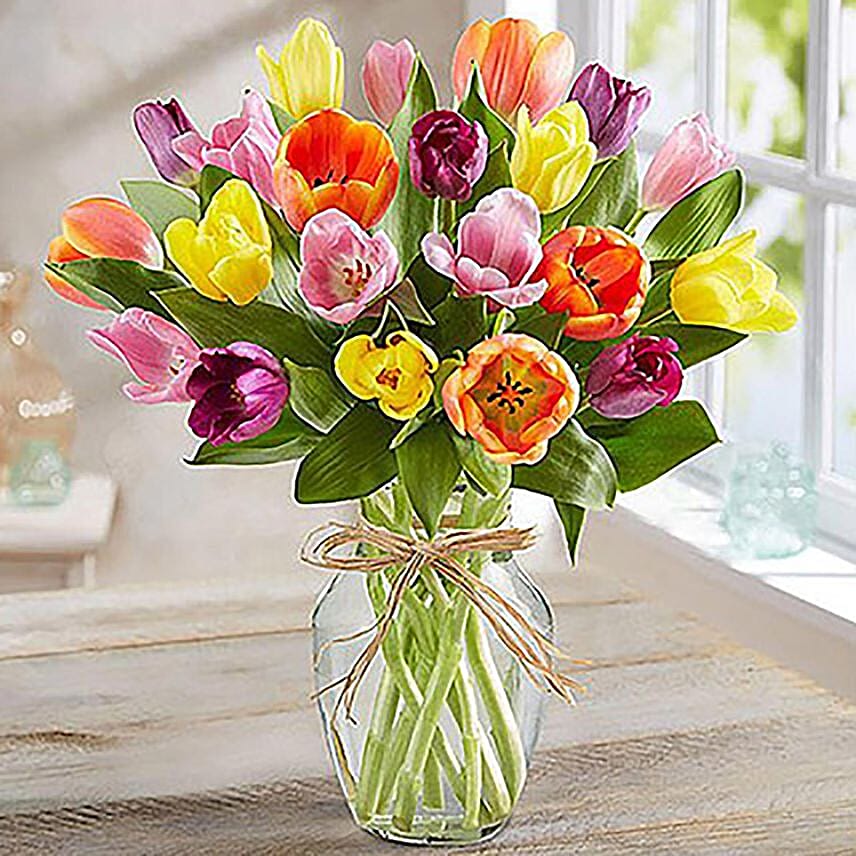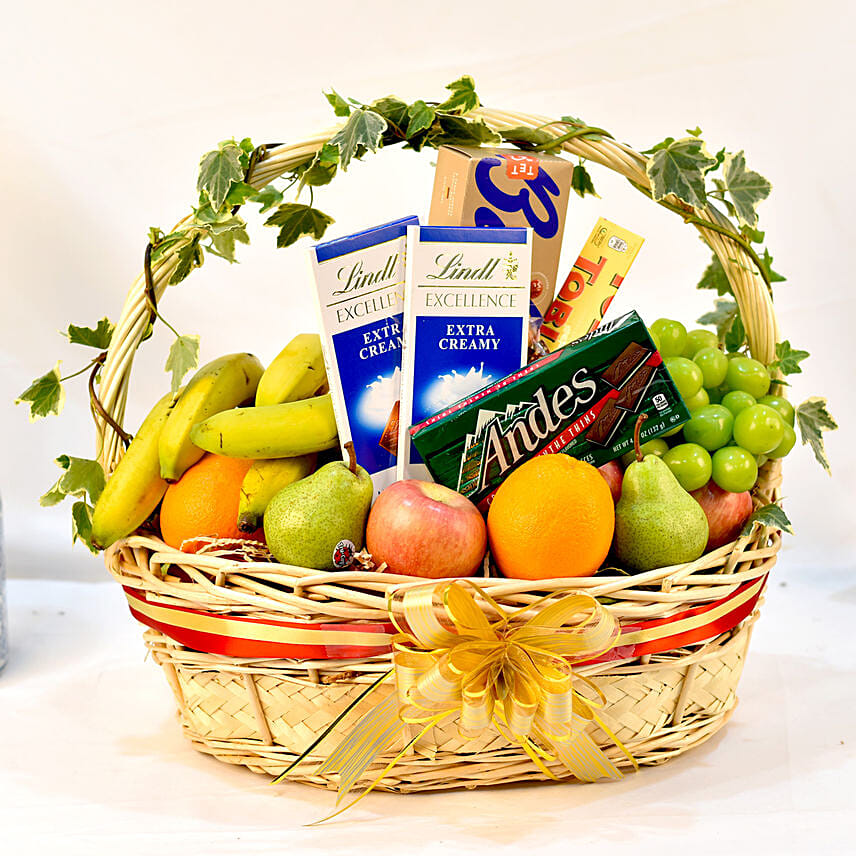About the Mid-Autumn Festival (Moon Festival)
Gifts ideas for Mid-Autumn Festival
There are many festivals celebrated across the world all through the year and each one has some significance. One thing that is common among all festivals is the joy or happiness among people. It’s time for one of the brightest festivals in Singapore and everywhere else where people of Chinese origin reside. It is named the Mid-Autumn Festival. The Chinese people all across the world celebrate Mid-Autumn Festival on the 15th day of the 8th month of the lunar calendar with full moon at night which generally occurs in September or October months.
Quite interestingly, there are various names given to this festival and here is a list of those names along with the reason behind such names.
Moon Festival
Also known as Harvest Moon Festival, people associate this amazing festival with the full moon visible on the night sky. Plus, traditionally, this festival also involves moon viewing and worshipping.
Lantern Festival
Mid-Autumn Festival is also known as Lantern Festival in Singapore, Indonesia, and Malaysia and this should not be confused to another Lantern Festival that is celebrated on the 15th day of the 1st month of the Chinese calendar. During Mid-Autumn Festival also people lit up lanterns in huge numbers and exchange Mid Autumn gifts, that’s why this name is given.
Children’s Festival
People of Vietnamese origin also celebrate this great festival and in Vietnam, the emphasis is given to children and their fun during Mid-Autumn Festival and that’s why this name is given.
Reunion Festival
As per stories, in earlier days, women in China used to visit their parents before returning to celebrate with their husbands. There used to be a reunion of people (maintained till today) and thus such a name is coined.
Apart from these above-mentioned names, this festival is also known as Jūng-chāu Jit (official name in Cantonese), Tết Trung Thu (official name in Vietnamese), and Zhōngqiū Jié (the official name in Mandarin).
What Are The Basic Highlights of This Festival?
Like all major festivals, the basic objective of this festival is also to have fun among near and dear ones. But the major highlights of this festival are:
- All the family members, close relatives, and dear friends gather and celebrate with the harvested crop of the season. The moon looks the brightest on this day and that is supposed to symbolise a happy family reunion.
- Everyone is the family thank Nature or Almighty for being so generous with the harvest and also for enhancing harmonious relationships.
- Praying is another highlight of this festival where people wish for conceptual or material satisfaction (asking for long life, a life partner, baby, etc.)
Since When Mid-Autumn Festival Is Being Celebrated?
Since the Shang Dynasty (c. 1600–1046 BCE), the Chinese people have been celebrating this harvest of autumn during a full moon night. For the Baiyue peoples, this harvest time honored the dragon who brought rain for the crops. During the early Tang Dynasty (618-907 CE), this festival began to gain fame among masses. The term Mid-Autumn is believed to have first appeared in Rites of Zhou which is a written collection of rituals of the Western Zhou Dynasty.
Legendary Stories Associated With Mid-Autumn Festival
Mid-Autumn Festival is a lot about moon viewing and moon worshipping and the moon looks the brightest on this day. Also not to forget is the traditional Mooncake that is shared and eaten. Know some of the legendary stories that are associated with this festival.
Chang’e – The One Residing On The Moon
Many century years ago, it was believed that there were 10 suns in the sky. These suns burnt the plants and as a result, people were dying on our Earth. Then one day a brilliant archer Hou Yi used his bow & arrows to shoot down 9 suns and that’s who our planet was saved. People gathered around Hou Yi to learn archery. Now, the Western Queen Mother was very happy with Hou Yi and gave a bottle of elixir to him which could make him immortal. He didn’t want to be immortal but wanted to stay with his wife Chang’e so he stayed back at home. So, one day, one of his students Pang Meng tried to seize that elixir taking advantage of the absence of Hou Yi from his home. Seeing this atrocious behaviour of Pang Meng, Chang’e drank the elixir which made her fly to the moon where she could stay forever. After this incident, Hou Yi started to worship the moon with various offerings to remember his wife. Chang’e’s images appear during Mid-Autumn Festival and children are told that she is still living on the moon.
Jade Rabbit & Its Generosity:
Another famous story of Mid-Autumn Festival involves the jade rabbit. It is said that the jade rabbit is on the moon with Chang’e. So, once upon a time, there were three animals in a forest – a monkey, a fox, and a rabbit. Three immortals were walking through that forest pretending to be beggars and asked for food. The fox and the monkey readily gave food to them. The jade rabbit was less resourceful but very virtuous and thus felt guilty. It said – “I am so sorry as I cannot offer you any food but I can give myself” and jumped into the fire. These immortals were highly impressed by this generous gesture and sacrifice and decided to immortalize the rabbit. They sent the rabbit to live in the Moon Palace.
Diaochan & Her Moon Worship:
Diaochan was a singer who lived in Minister Wangyun’s Han Dynasty (202-220 AD). She was gorgeous and charming. She started to worship the moon after seeing the royal court getting manipulated by the traitor minister Dong Zhuo. She prayed for peace at midnight. Chang’e – the beautiful goddess living on the moon felt inferior to the gorgeousness of Diaochan and hid behind the clouds. It is believed that the moon is worshipped since then praying for peace and harmony.
Mooncake & Celebration:
One of the major highlights of this festival is the Mooncake. In the late Yuan Dynasty (!271-1368 A.D.) people were suffering in many parts of the country from a cruel government and a revolt rose up gradually. Zhu Yuanzhang – the founder of the Ming Dynasty (1368-1644 A.D) gathered the different resistance forces because he wanted to organize a mass uprising. But due to the strict rules of the government, passing or spreading messages became difficult. So, the counselor Liu Bowen ideated on mooncakes and hiding messages inside them on the night of Mid-Autumn day. This uprising turned out to be a successful one and Zhu was extremely happy with that. That’s why on the following Mid-Autumn Festival, he distributed Mooncakes among his people. Since then Mooncakes is eaten on this day to celebrate success.
Some Other Facts To Learn About Mid-Autumn Festival:
- Do you know that the Chinese people make some huge mooncakes — some can be as big as a Jacuzzi?
- The largest Mooncake was made in Shanghai in the year 2013. The weight was about 2,500 kg or 5,500 lb and had a diameter of about 2.5 meters. Yes, it was even bigger than a king-size bed and heavier than a family car.
- A box of Mooncakes can be more than 1000 Yuan.
- In old times, this day was also known as the 2nd Valentine’s Day.





